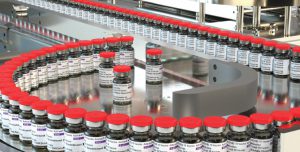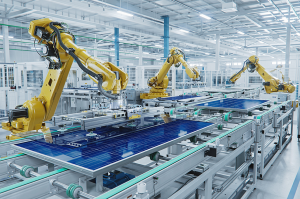Almost all organizations conduct an annual performance appraisal review, or sometimes half-yearly or quarterly. This puts at stake the employee’s chance of improving their performance based on the received feedback since it maybe too late by then. Also, increasing the frequency of review process cannot ensure that all performance components have been adequately accounted for and reviewed.
In a series of mails and meetings, it is natural to miss out on a positive or negative feedback. Traditionally, a performance appraisal process poses various problems that an automated continuous appraisal system could fix in the following ways:
1. Cognitive bias in providing feedback
The natural tendency of humans to form opinions regarding recent experiences can introduce bias in the feedback. These cognitive biases like recency effect, halo effect or horn effect can hamper the fair rating process. A continuous performance system ensures that one isolated incident doesn’t impact the complete year’s performance.
2. Collating data from different sources
In our realistic working environment, feedback is provided to individual contributors by their reporting managers or other stakeholders almost regularly. However, this feedback is not incorporated in the formal system. The various sources from where we receive such feedback is through emails, surveys, feedback forms, conversations, TEAMS or Slack messages etcetera. To ensure that all this feedback isn’t lost before they make it to the year-end appraisal process, a continuous performance system is necessary. In such a system, each task assigned to the individual contributor is closed with the feedback of the reporting manager or other stakeholders.
3. Keeping performance records even in organizational hierarchy changes
Most of the performance escalations occur in organizations due to a difference in opinion between the employee and the reporting manager. This could happen because of reasons like change of reporting manager, change of department, change in responsibilities of the employee or a long leave in the middle of the appraisal year. A continuous performance system ensures that the employee’s efforts before such changes aren’t diluted in the year-end review.
4. Reducing the efforts and time of appraisal process
Self-review by employees or review by reporting managers usually is a cumbersome task for everyone since making note of complete year’s objectives and achievements along with proof of work takes considerable time and efforts. This in turn increases the cost of the appraisal process and hampers productivity of the employees that could have been utilized for organizational growth. A continuous performance system collates performance review data throughout the year so that year end process is reduced to just providing feedback rating and objective remarks instead of spending hours collecting information related to employees’ deliverables and performance metrics.
The continuous performance system aims to ease the review process for all stakeholders, reduce the escalations during the year-end process and boost the confidence and productivity of employees during the entire appraisal year.
After employing a series of focus group discussions, interviews with subject matter experts and multiple design iterations, we at Motherson Technology Services have advocated an automated continuous appraisal system that resolves all these issues. Click here for a detailed demo right now!
About the Author:

HRIS TEAM

 December 15, 2021
December 15, 2021 HRIS Team
HRIS Team














































